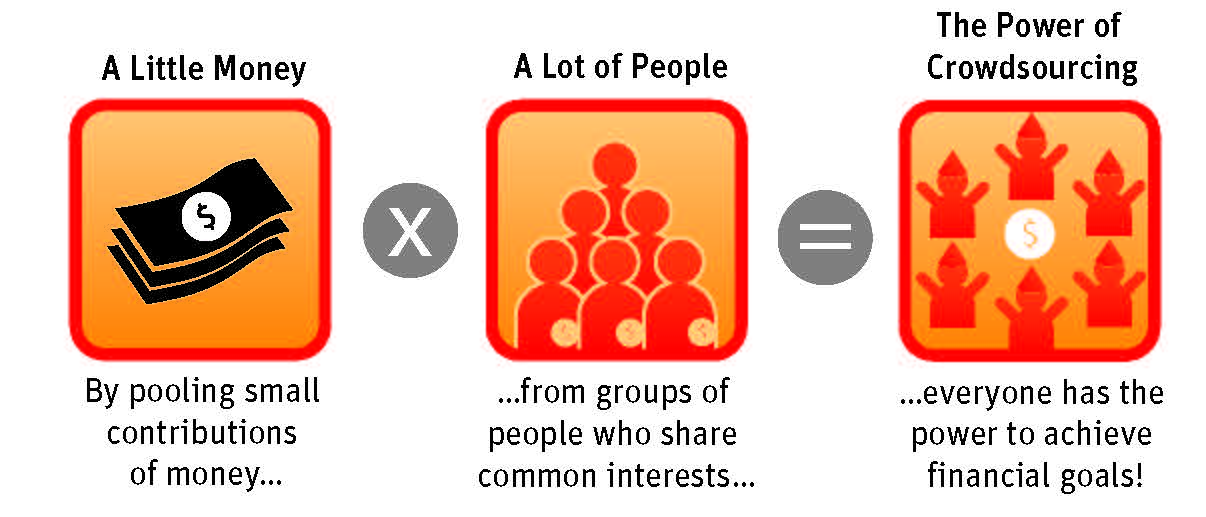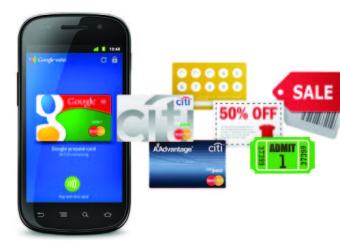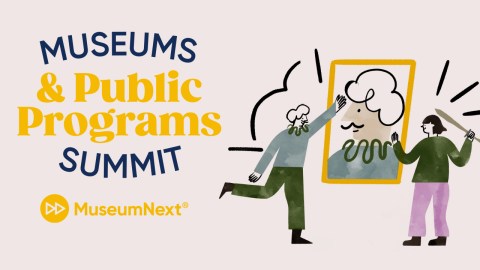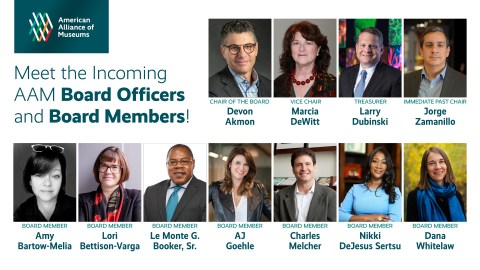“Will museum collections stay ‘inside the walls’ while fundraising moves to mobile phones, or is there some way that creative museum folks can move both their collections and their communities of supporters onto mobile platforms?”
Lucy Bernholz, Philanthropy 2173
New forms of philanthropy exploit the potential of social networking tools and distributed technology.
The ongoing financial crisis means that museums (and other nonprofits) are scrambling for funds. Some museums are deploying the traditional tactics: increasing ticket prices, turning to their own collections for exhibits and (when stressed) even selling items from their collections to cover operating expenses. Other museums are becoming more entrepreneurial, experimenting with pop-up retail, partnering with for-profits to market their goods or starting for-profit ventures of their own.
Nonprofits are using technology in especially creative ways to transform individual giving. Charities have long relied on microgiving, soliciting small amounts that add up through large numbers of donors. Ten years ago this primarily involved a “jar by the cash register.” Some museums are still using the jar, but increasingly it is being replaced by mobile phones, as nonprofits recruit donors via social media to yield mobile giving. The ubiquity of hand-held, Internet-connected devices facilitates donations via text messaging, Web links, waving a smartphone at a payment station (Google Wallet) or just stating your name (Card Case). Most famously, in 2010 the Red Cross raised more than $32 million for Haitian earthquake relief via texting. According to an AAM survey, 13 percent of museums were planning to introduce or expand mobile giving opportunities in 2011.
Microgiving doesn’t have to rely on mobile devices. Embedded giving encourages people to add donations when they engage in commercial transactions such as paying for groceries or making ATM withdrawals.
Museums (along with a host of other individuals and organizations, nonprofit and for-profit) are also experimenting with crowdfunding (a close cousin of crowdsourcing, see page 6). Sites like Kickstarter, Indiegogo and Peerbackers reach people who may never have heard of your museum and invite them to support projects ranging from acquisitions to exhibits to building expansions. Some sites, like United States Artists and FundScience, focus on funding particular disciplines, and some are structured to accept tax-deductible donations.
Philanthroper, a small nonprofit startup, tweaks the popular model of online coupon sites such as Groupon and LivingSocial, sending an e-mail each day featuring a 501(c)(3) organization that subscribers can choose to support with donations of up to $10.

Examples
- Museums-in-planning such as the Museum of Art and Digital Entertaining and the Videogame History Museum have used Kickstarter to raise start-up funds, while
established museums have funded collections acquisitions (the Rock and Roll Hall of Fame) or launched capital campaigns (the Neversink Valley Museum of History and Innovation). - Crowdfunding sites empower members of the public to start and fund museum-related projects. In Hartford, Conn., Brian Cook successfully funded a “Museum Passport” program, encouraging schoolkids to explore local museums. Aeronaut Productions raised more than $11,000 with an exhibit taking a Steampunk approach to history at the Muzeo in Anaheim, Calif.
- Boston’s Museum of Science challenged its network of Facebook followers to sponsor one seat in the renovation of its Hayden Planetarium at the cost of $2,500. Using the FundRazr app, the museum’s Facebook fans could donate $1 to $50, receiving in return the opportunity to attend VIP events, win free passes and receive other bonuses provided to other Planetarium seat sponsors.
- Many museums—like the Cameron Park Zoo, the Mississippi Museum of Art and the Mariners’ Museum—are using mobile giving campaigns to solicit donations via text messaging. Donations via text are generally capped at $20, but this can add up!
What does this mean for society?
In the face of increasing disparity of wealth in the U.S., microgiving may help counterbalance the disproportionate influence on culture and the arts wielded by the most affluent Americans.
Crowdfunding lets people vote with their wallets (or smartphones) for causes and businesses that align with their values. However, it’s too early to
tell whether mobile giving is simply a replacement for current donation methods or a new mechanism that attracts new donors. (According to a recent survey by The mGive Foundation, 79 percent of respondents who give to charities via text also contribute via other mechanisms, such as e-mail, website or direct mail.)
Sites like 33needs and Kickstarter contribute to the blurring of boundaries between nonprofits and social enterprise for-profits, as they encourage people to give non-tax-deductible donations to both kinds of organizations.

What does this mean for museums?
Since 2007, the total amount of private giving to nonprofits has shrunk, while the number of Americans donating to their favorite charities remains strong—they are just giving less. Microfunding and crowdfunding provide museums with the potential to fill the gap by extending the “long tail” of small gifts. Crowdfunding, like traditional philanthropy, isn’t just about money, it’s about relationships. Microdonors can become invested in the success of the project they fund, and some fraction can be nurtured into ongoing supporters. Many entrepreneurs funding start-ups through Kickstarter argue that it is not just about raising money; it is about building a community that will support their business once it is open.
Museums might want to consider:
- Ensure that development, marketing and IT staff work together to embed giving opportunities throughout the museum’s social media, and its overall online and mobile presence.
- Choose a compelling, modestly priced project to finance through a crowdfunding site. (The average project funded through Kickstarter is under $10,000, but many have raised significantly more.)
- Experiment with mobile microgiving via text messaging or QR codes embedded in advertisements and other marketing materials (e.g., “Want to help save this object? Txt to …”).
- Carefully assess the expected return on investment from a mobile giving campaign. (Some entail a fair amount of work for not a lot of payback. Yet they may still be worthwhile, given other benefits such as engaging a specific audience segment, raising public awareness or cultivating a hip image.)
Further reading:
The Mobile Giving Foundation and The mGive Foundation facilitate mobile giving by acting as middlemen among charities, the wireless industry, and individual phone users.
AAM 2011 Mobile Technology Survey (AAM/Fusion Research + Analytics, 2011).
Mobile Giving Goes Local: Innovative Ways for Your Nonprofit to Engage (NTEN, 2011).
Text Giving Donor Survey Report (The mGive Foundation, 2011).
Texting for Charitable Dollars: The Definitive Guide to Mobile Fundraising








